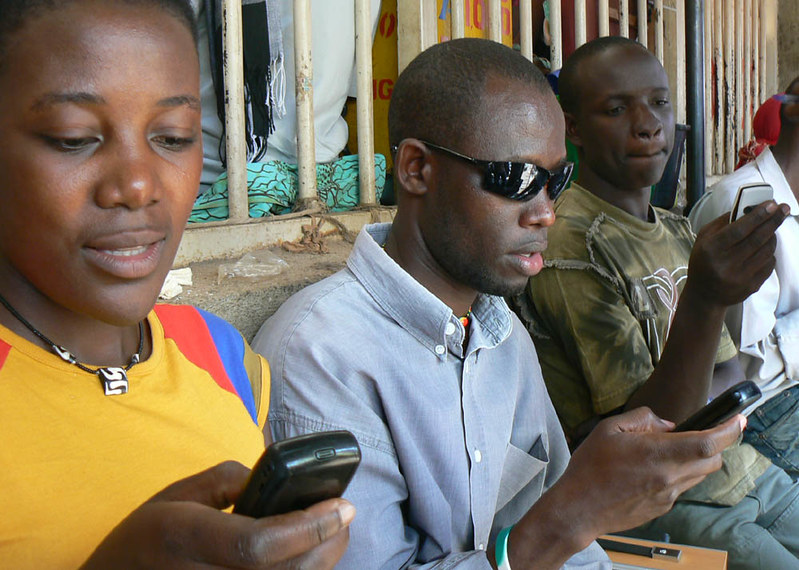My column for Foreign Policy this week has a theme that will ring familiar to anyone who has been around global poverty advocacy for the last few years. It puts a price tag on ending poverty. My price is $100 billion, based on just handing over enough money to everyone worldwide living on less than $1.25 a day to bring them up to that level. The World Bank’s Shanta Devarajan was kind enough to comment on the article:
“ Reminds me a bit of the piece I wrote with Eric Swanson and Margaret Miller some ten years ago, where we calculated the additional cost of reaching the MDGs to be $50 billion (when existing aid was about $50 billion). The difference is that here you are assuming the money goes directly to the poor, whereas we were calculating the cost of additional investment required to increase growth that would deliver a halving of poverty. But both estimates assume that the money will be paid every year. Shouldn't we be thinking of ways that the poor can invest the money so that they can earn a return on their investment, and not rely on an annual transfer to stay above the poverty line?”
I’d agree a permanent global welfare system costing $100 billion a year may not be the best use of resources (although it still might be up there). The good news is that I don’t think that’s what would happen if we implemented my proposal:· Fist off, giving money to people living on a dollar a day is actually a pretty efficient form of investment. They spend lots of it on stuff like adequate nutrition, sending their kids to school and setting up microenterprises. A growing number of studies suggest the
impact can be considerable. In turn, that suggests giving money direct to poor people themselves might be one of the most effective ways of reducing the number of poor people who need transfers going forward.· Second, even poor countries have been growing
pretty fast of late. That’s one big reason global poverty has been falling so fast. If that trend continues (here’s hoping), the number of people who would get the transfer would keep on dropping, and the size of the average transfer would fall. So the cost of the transfer scheme would decline every year not only because poor people would utilize the resources to get out of poverty but also because the countries in which they live would be getting richer, presenting more opportunities to escape absolute deprivation.· Third, the $100 billion figure was predicated on the idea that only one dollar out of every $2.50 spent would actually reach the poorest people because of mis-targeting. As technologies like
biometrics make targeting more straightforward, costs could fall.In short, cash transfers to very poor people are a form of investment, and the annual transfer required to ensure a global income floor of $1.25 a day should drop rapidly. So much so, perhaps in a few years we could repeat the trick with a $2 a day global income floor.
CGD blog posts reflect the views of the authors, drawing on prior research and experience in their areas of expertise.
CGD is a nonpartisan, independent organization and does not take institutional positions.





